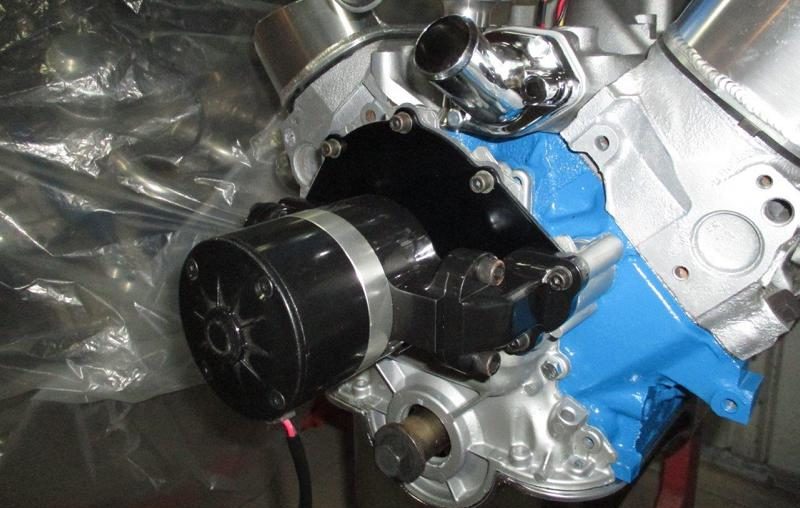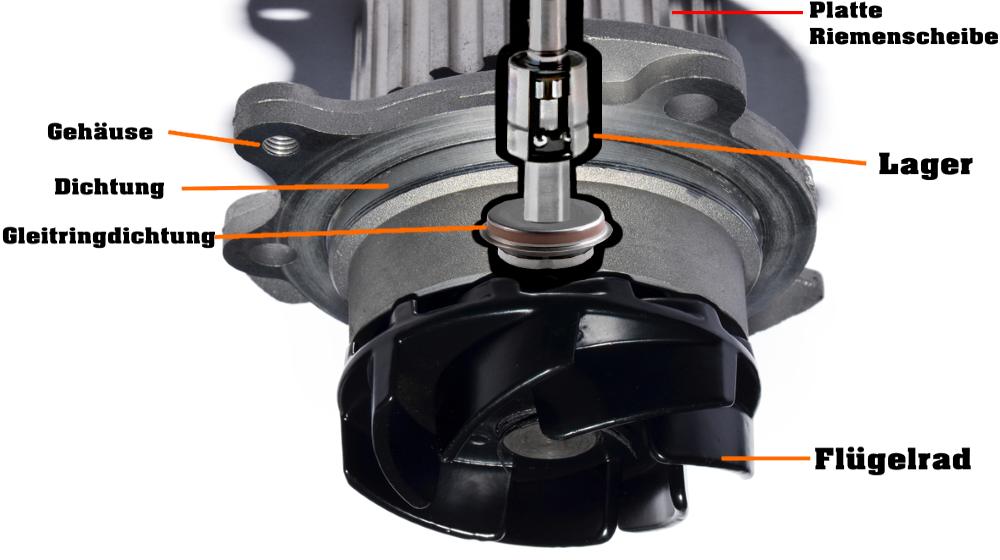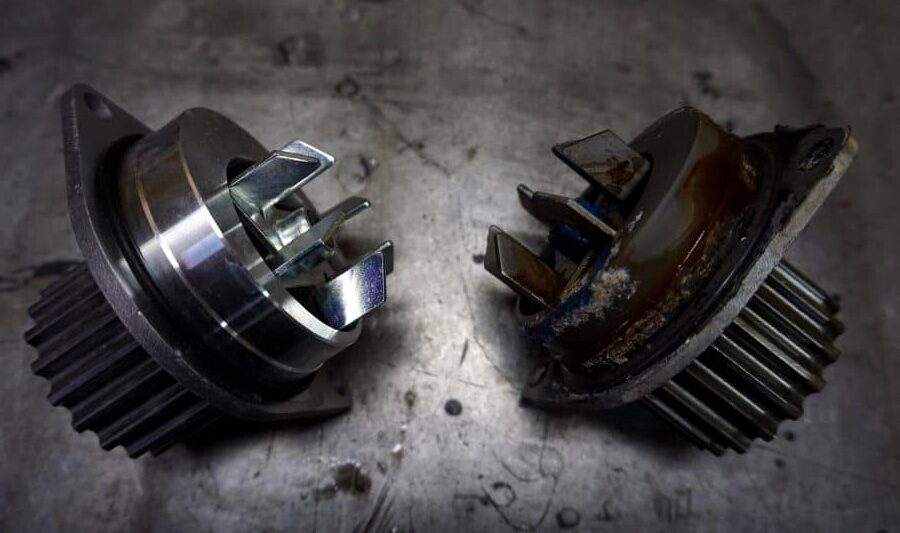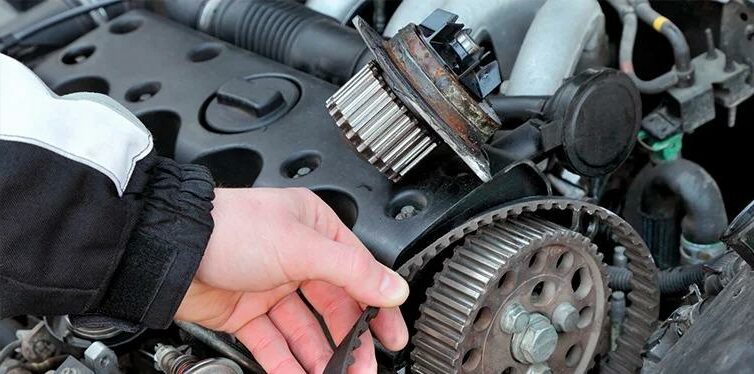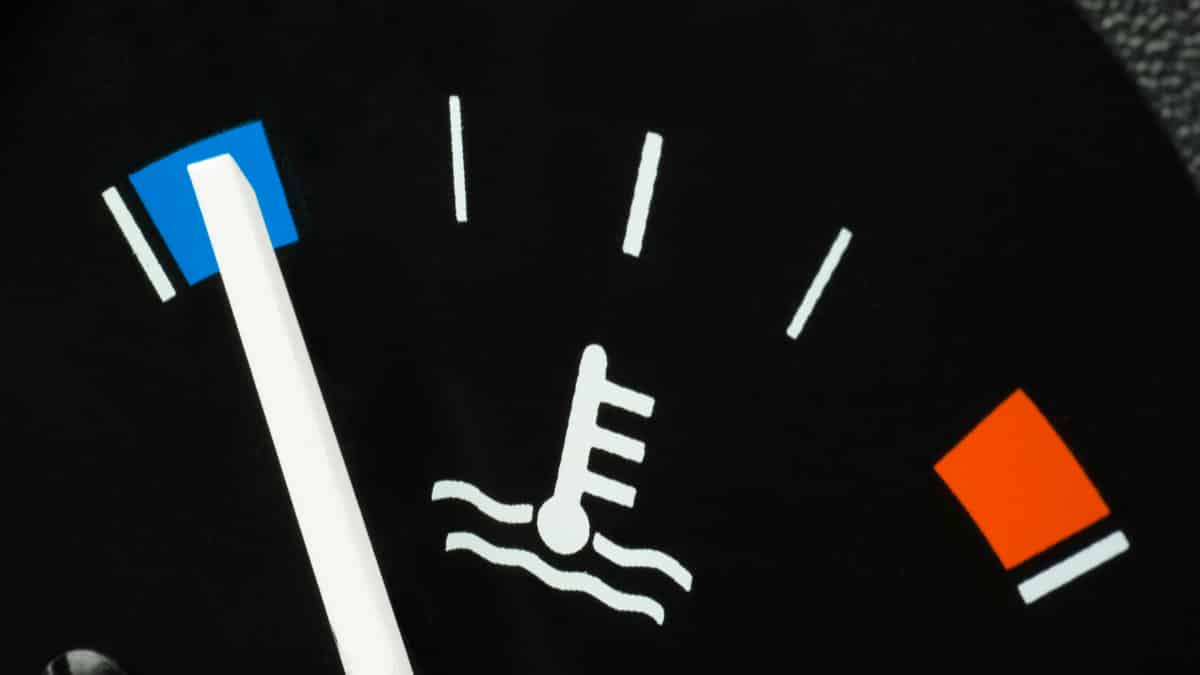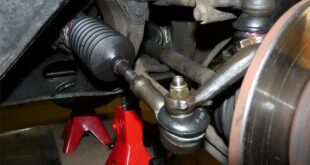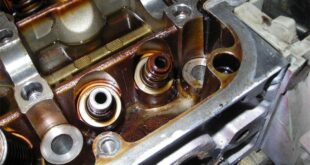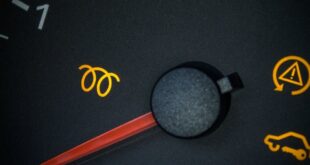When fuel is burned with the internal combustion engine, a lot is created warmth, which from the cooling system of the engine must be derived. To do this, cooling water must circulate through the engine so that the resulting heat is dissipated to the outside air via the radiator. The water pump, which also likes to be called Coolant pump, coolant pump or cooling water pump is referred to, ensures that the cooling water is permanently pumped through the circuit and can absorb and transport away the heat generated. However, if the pump is defective, the engine can no longer be sufficiently cooled. The result is overheating and there is a risk of engine damage!
The function of the water pump!
The water pump allows the cooling water to circulate through the circuit and removes the heat generated in the engine. The conventionally driven mechanical water pump is driven by a V-belt, a toothed belt or the timing chain. The speed of the impeller or impeller inside the pump varies depending on the speed of the engine. Modern pumps will independent driven by the engine speed by an electric motor. They can therefore adapt the delivery volume to the engine's requirements, which has a positive effect on exhaust emissions and fuel consumption.
Signs of a defective coolant pump!
The loss of cooling water is usually caused by a Puddle of water noticeable under the vehicle and at the same time the engine temperature rises sharply while driving. So the driver should display the Coolant temperature in the instrument cluster (if installed) always in view, because a warning may be issued via the on-board computer. At the same time, the heating temperature usually rises and there may be an unusually high level of noise when the engine is running. It is also possible that the heating does not work if no cooling water can circulate at all.
The causes of a defective coolant pump!
Basically you can several types be distinguished from defects in the coolant pump. Number 1: The water pump is leaking due to worn seals and can lose cooling water. Number 2: The impeller or impeller inside the pump is defective and is causing the cooling water to no longer circulate properly. In case of a electrically operated water pump the electric motor may also have failed so that it is no longer driven properly and the cooling water no longer circulates. If at the same time the bearing of a water pump operated via the toothed belt is worn out, then the toothed belt no longer runs cleanly and can then hit against the leading edges, which is why it hits hard wear out and in the worst case the Reiss. This can even end in engine damage.
Continue driving despite a defective coolant pump?
If there is a suspicion that the Coolant pump is defective, the driver should don't just keep going, because otherwise there is a risk of engine damage due to overheating. The car should be taken to a workshop and the cause of the symptoms should be determined. A fault diagnosis must be carried out in the workshop. If the loss of cooling water is the main symptom, then it will come still other causes under consideration. If the engine overheats, it can also happen to one defective thermostat or one damaged cooling fan lie.
Repair or replacement of the coolant pump?
If it has been determined that the coolant pump is responsible for the problems, then it must be removed and counteracted replaced with a new part will. For this, first this drained cooling water and then disposed of. The procedure differs depending on whether a mechanically driven / conventional water pump or one electric powered is installed. The latter is mostly the case with modern engines. In the case of the mechanical water pump, the drive is provided by a motor, as is the case with the servo pump or the alternator V-belt or toothed belt or timing chain. Therefore, the belt drive must first be removed.
Then the water pump can removed and replaced will. Afterwards will new cooling water brought into the system and one test drive undertaken. If the water pump is powered by an electric motor, then no dismantling of the belt drive necessary. If the surrounding components are dismantled and the pump is accessible, the replacement is carried out. Afterwards, new cooling water is also filled in here and then a test drive is carried out. Because incorrect assembly can lead to damage to the engine and special tools are usually required, the change should definitely take place in a workshop.
The cost of replacing the coolant pump?
The material costs for a new coolant pump are usually lower between 30 and 400 Euro. The cost of spare parts mainly depends on the type of pump and the spare parts manufacturer. Manufacturers of spare parts are, for example, Valeo, Mapco, Bosch, Meyle or SKF. Because wear of the bearings in the coolant pump is not apparent, it is recommended that not used spare parts are used. And when changing the mechanical water pump, the V-belt and the seals to be renewed. Added to this are the costs for the cooling water. Depending on the engine, about three to five liters needed. Assuming a price of 5 to 10 euros per liter, this results in costs of 25 to 50 Euro. Changing the water pump usually takes between one and four hours. The time required is primarily dependent on the design of the engine and the type of water pump. In some cases, the change can therefore take up to six hours. At an hourly rate of 100 euros, the labor costs range from 50 to 600 euros.
The following note is essential: For safety reasons, tuningblog recommends all repair, inspection and maintenance work exclusively to be carried out in a specialist workshop! Although our information is summarized to the best of our knowledge and belief, we cannot assume any liability for the content. All information is therefore "without guarantee".
Of course, that wasn't the end of it!
In this tuningblog category there are guides and instructions for common defects/repairs on the vehicle and for installing accessories/tuning parts. Our articles explain in a simple way common defects and the corresponding repairs, as well as explaining how the first signs of a defect become noticeable. In most cases, we also have initial clues to the repair instructions in our repair instructions approximate The costs of the pending repair are listed. The goal of our subcategory “Auto Repair Guide“ is to create a head start in knowledge for the next visit to the workshop with initial tips. This may save you from tedious troubleshooting and small things can perhaps be done directly on your own. The same applies, of course, to the installation of accessories/tuning parts. Here, too, we would like to help with the implementation with instructions and tips. There are many other posts on this as well. Below is an excerpt of the last and HERE there are all previous instructions:
|
Defective glow plug control unit / glow time control unit? The info! |
"tuningblog.eu" - we keep you up to date on the subject of autotuning and car styling with our tuning magazine and present you with the latest tuned vehicles from all over the world every day. It's best to subscribe to ours Feed and will automatically be informed as soon as there is something new about this post, and of course also to all other contributions.
 tuningblog.eu Your magazine about tuning the car
tuningblog.eu Your magazine about tuning the car
